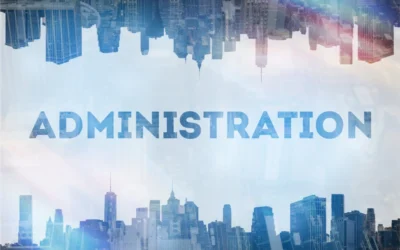Is this Optional or Mandatory?
This is a mandatory requirement. Historically, plan sponsors could require employees to work at least 1,000 hours during a year to become eligible to enter the plan. As a result, some part time, seasonal or temporary employees would never meet the eligibility criteria. The SECURE Act of 2019 (or SECURE 1.0) expanded coverage to allow those who had worked at least 500 hours in three consecutive years to participate under a plan’s salary deferral provision. The 2022 SECURE 2.0 Act has now shortened this wait to two years. These types of employees are considered Long Term Part Time (LTPT).
If you wish to reduce the eligibility requirements for all participants to enter your plan earlier than 1 year with 1,000 hours, you will need to speak to your plan document provider and have them prepare an amendment by the end of 2023.
When is this effective?
SECURE 1.0 is mandatory for plan years beginning on or after January 1, 2024 and the SECURE 2.0 modifications are mandatory for plan years beginning on or after January 1, 2025.
2019 Secure 1.0:
Starting with plan years on or after January 1, 2021, Plan Sponsors were required to track employees’ hours to satisfy this new rule. Employees who work at least 500 hours of service in 3 consecutive 12-month periods, beginning January 1, 2021 (so plan years beginning in 2021, 2022 & 2023 initially), must be allowed to make salary deferrals to a plan beginning on January 1, 2024. Service prior to 1/1/2021 is disregarded for purposes of eligibility but participants must still satisfy the plan’s age requirements.
2022 Secure 2.0:
In 2022, the Secure Act 2.0 was passed and made some changes to the original Secure Act rules before they even went into effect:
- The rule was also changed to reduce the service requirement from 3 consecutive years to two consecutive years with 500 hours beginning after December 31, 2024.
- This rule does not apply to collectively bargained employees or nonresident aliens.
- The rule was expanded to now include 403(b) plans. However, service before January 1, 2023 is disregarded for these plans for purposes of eligibility or vesting.
While the new, two year rule is now in effect, the older three year rule still applies. This means employers need to allow employees who meet the older rule to defer in 2024. Under the two year rule, employees are allowed to start deferring in 2025. This makes it very important to have an accurate tracking method in place for employee hours.
An Illustration:
Hours of Service for a Calendar Year 401(k) Plan (Service prior to 1/1/2021 is disregarded)
| Name | 2021 | 2022 | 2023 | 2024 | 2025 | Enters the plan on: |
|---|---|---|---|---|---|---|
| Edward | 550 | 600 | 610 | 550 | 500 | January 1, 2024 |
| Jane | 0 | 650 | 300 | 580 | 450 | N/A – must have 2 consecutive years |
| Mary | 400 | 550 | 650 | 300 | 525 | January 1, 2025 |
| John | 0 | 0 | 750 | 675 | 710 | January 1, 2025 |
| David | 0 | 0 | 0 | 675 | 710 | January 1, 2026 |
Hours of Service for a Calendar Year ERISA 403(b) Plan (Service prior to 1/1/2023 is disregarded)
| Name | 2021 | 2022 | 2023 | 2024 | 2025 | Enters the plan on: |
|---|---|---|---|---|---|---|
| Kate | 550 | 600 | 610 | 550 | 500 | January 1, 2025 |
| Paul | 0 | 650 | 300 | 580 | 450 | N/A – must have 2 consecutive years |
| Thomas | 600 | 400 | 550 | 500 | 525 | January 1, 2025 |
| Lynn | 0 | 510 | 530 | 450 | 400 | N/A – must have 2 consecutive years |
| Ellen | 0 | 0 | 750 | 675 | 710 | January 1, 2025 |
Special Rules for LTPT Employees:
- Participants solely eligible due to the LTPT rules may be excluded from the nondiscrimination and coverage testing.
- Employers are also able to exclude this group of participants from company match, profit sharing, Safe Harbor contributions and Top Heavy minimums. If as a Plan Sponsor you choose to include this group for any Employer contribution, their vesting is based on a service year of 500 hours, including years prior to 2021. This means that you will need to provide your TPA with historical data for these participants if you have not previously provided this information.
- LTPT employees are considered participants, whether or not they defer, for the purpose of determining whether or not your plan is a large plan (i.e. 100 or more participants) and subject to audit requirements.
- Once a LTPT employee enters the plan, they continue to be eligible even if their hours drop in future years.
As an industry, we are aware that there will be some specific situations that are not addressed in the current language of these two acts and we expect additional guidance to be forthcoming, so please stay posted.



